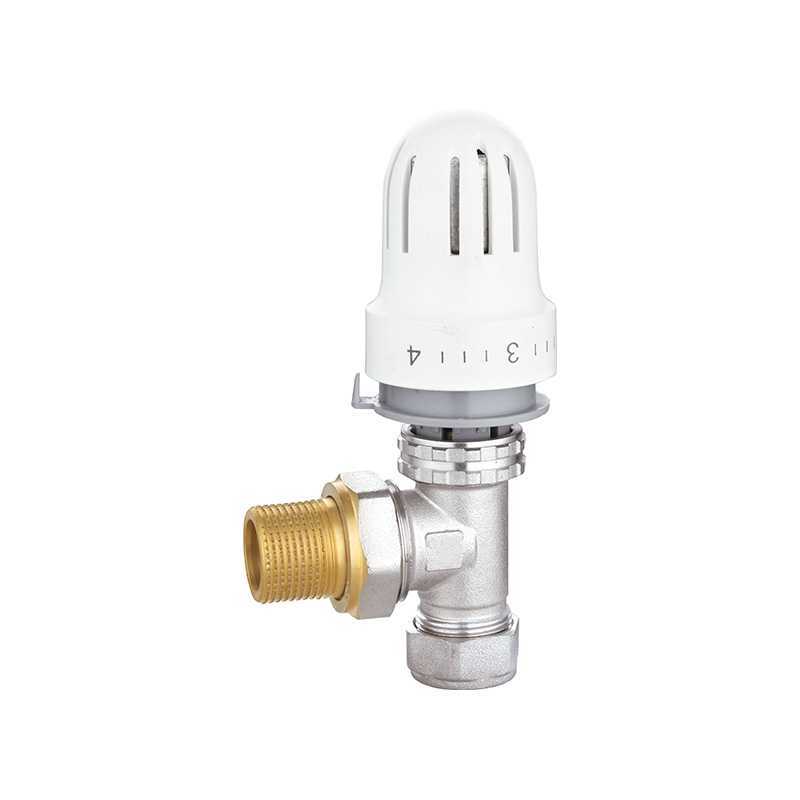Why Are Underfloor Heating Accessories Important in System Design?
Underfloor Heating Accessories are essential for ensuring the effectiveness and safety of radiant heating systems. These accessories include fixing systems, manifolds, insulation boards, edge strips, temperature sensors, actuator valves, and conduit pipes. While each serves a unique purpose, their combined effect is to ensure that the heating installation operates efficiently, evenly, and within designed parameters.
From a design standpoint, these components are not add-ons; they are integral parts of the heating solution. Manufacturers develop Underfloor Heating Accessories with attention to detail, ensuring compatibility with a wide variety of subfloors, room layouts, and building standards.
What Are the Key Fixing Solutions Used?
A critical category within Underfloor Heating Accessories is the fixing system. These are used to secure heating pipes in place before the screed or other floor coverings are applied. Depending on the substrate, options include rail clips, staples, mesh systems, or track plates.
Design considerations include spacing accuracy, pipe holding strength, and ease of installation. For example, pipe staples must be designed to penetrate insulation boards without damaging the pipes, while rail systems must hold pipe spacing uniformly to guarantee even heat distribution.
How Are Manifolds Integrated into the Design?
Another fundamental item among Underfloor Heating Accessories is the manifold. This component distributes water from the heat source to different loops of heating pipe laid throughout the floor. The design of the manifold includes flow meters, isolating valves, and balancing valves to ensure each loop receives the correct volume of water.
Manufacturers ensure these accessories are made from corrosion-resistant materials like stainless steel or brass and are tested for leak-proof performance. Smart integration with thermostatic controls and actuators is also a focus, ensuring the Underfloor Heating Accessories support energy-efficient operation.
What Role Does Insulation Play?
Thermal insulation boards and edge insulation strips are passive but crucial Underfloor Heating Accessories. Their function is to reduce heat loss and promote upward heat flow into the room rather than into the subfloor. The effectiveness of a heating system can drop significantly without proper insulation.
Designers of Underfloor Heating Accessories must ensure compatibility with the pipe layout and subfloor types. High compression strength, moisture resistance, and ease of cutting are common design requirements for insulation accessories.
Are Control Components Considered Accessories?
Yes, control-related components like sensor housings, wiring boxes, and pipe conduit systems also fall under Underfloor Heating Accessories. These support the system's connection to room thermostats and central controls. A manufacturer must ensure these accessories protect sensitive components and offer long service life, even when buried in screed or hidden behind walls.
What Design Considerations Go into Expansion Control?
Edge insulation strips are Underfloor Heating Accessories company designed to accommodate the expansion and contraction of the floor during heating cycles. They prevent cracking and maintain the structural integrity of the floor. The materials must be compressible yet firm enough to offer resistance and maintain their shape over time.

How Are Safety and Compliance Addressed?
From a manufacturer's viewpoint, Underfloor Heating Accessories must comply with building regulations, fire safety standards, and environmental guidelines. Materials are often tested for VOC emissions, flame resistance, and thermal conductivity. Furthermore, proper labeling and installation instructions form part of the design solution, ensuring installers can follow procedures accurately.
How Does Modularity Play a Role?
In large or complex installations, the modularity of Underfloor Heating Accessories is important. Manifolds, sensor systems, and actuator arrays are designed in such a way that they can be scaled or reconfigured based on the number of heating zones. This modular approach enhances system flexibility without compromising performance.



 English
English русский
русский Español
Español عربى
عربى


